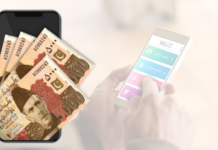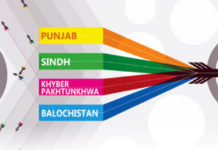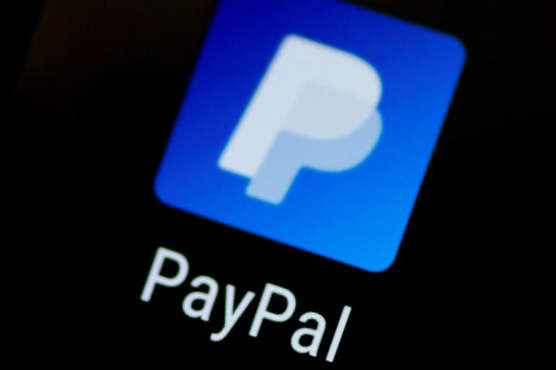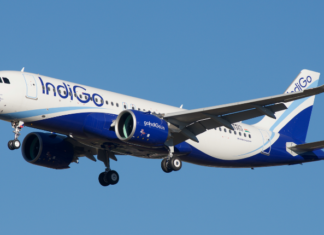NEW YORK: PayPal Holdings Inc (PYPL.O) is set to increase merchant costs for its branded payment products while lowering the cost of processing some Visa and Mastercard transactions behind the scenes, a bold move in an increasing competitive environment area of digital payments.
The strategic shift reflects PayPal’s growing power in online transactions, which has soared during the COVID-19 pandemic. As consumers and businesses flocked to the market leader during the lockdown, its active accounts stood at 377 million, more than double the number in 2015.
The company said the move reflects the value of its proprietary services, with consumers nearly three times more likely to complete a purchase when PayPal products are available at checkout, while users of the new Buy Now-Later -Option average 15. spend% more.
“We’re changing prices to help our customers understand more clearly where we add value,” said Dan Leberman, senior vice president for small and medium-sized businesses and partners at PayPal, in an interview.
“The wallet is of enormous value, the card processing is standardized.”
PayPal stock rose 2.5% late Friday afternoon.
PayPal will charge sellers 3.49% plus 49 cents for processing transactions made through its proprietary products, including its button on merchant websites and its digital wallet, according to material the company reported to Reuters .
The higher tariff applies to products such as PayPal Checkout, Pay with Venmo, PayPal Credit and the new Buy It Now / Later offer Pay in 4.
PayPal has 392 million active accounts, including 31 million merchants worldwide, and also owns Venmo, Braintree and iZettle.
It will be difficult for merchants to know how much value they are getting from PayPal features in exchange for the higher prices, said Ben Dwyer, founder of cardfellow.com, who analyzes how deals are being offered to merchants.
“PayPal wants to be a comprehensive payment solution, but it’s difficult to do that by selling by value over price.”
Sellers pay 2.59% plus 49 cents for PayPal to process online payments with debit and credit cards from Visa and Mastercard from other companies without being noticed.
In the past, PayPal charged sellers 2.9% plus 30 cents for payments on most online transactions, regardless of role.
Lowering basic transaction processing rates will help PayPal compete with competitors like Stripe and Authorize.net. PayPal expects to attract customers because of the discounts, Leberman said.
“We think it’s a bold price,” he said.
As large traders tend to negotiate unique deals, rate hikes will mainly hit small to medium-sized businesses, some of which have lost confidence this year due to nationwide labor shortages and inflation concerns. Continue reading
The changes essentially reflect the services PayPal has developed since spinning off eBay Inc (EBAY.O) in 2015.
Although most of its transactions are online, PayPal will also lower prices for in-person transactions over its network, which should help it compete with Square Inc (SQ.N).
For most of these purchases over $ 10, PayPal charges 1.90% plus 10 cents. For cheaper purchases, the rate is usually 2.40% plus 5 cents.
PayPal’s business boomed during the pandemic as more consumers began spending online. It processed $ 285 billion in payments in the first quarter, 49% more than the same period last year.
“It’s about more than just pricing,” said Aaron Press, an analyst at research firm IDC. “They’re making sure the market understands that they should view PayPal as a comprehensive payment strategy, not just a payment method.”
“This has become very, very important, especially after the pandemic.”























